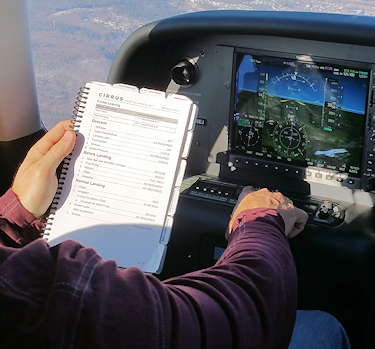Human Factors
As according to the PHAK’s second chapter of human factors, human factors or error directly cause or at the very least, play a great part in aviation accidents. This chapter defines human factors as science as according to the different disciplines that study them (psychology, anthropometrics, computer science, etc.) However, I have chosen to define human factors as how the environment a person experiences results in their overall performance. Specifically oriented to aviation, human factors mean how external and internal factors influence an aeronautical or support worker’s ability to perform in a way that fosters safety and precision. According to a study of accident statistics, human error is responsible for around 75–80 percent of all aircraft mishaps.
Human error is studied directly in human factors. And, in summary, there are three main types of human error: omission (not performing a task), commission (performing a task incorrectly), and extraneous (performing an unauthorized task). Of course, there are consequences to these errors, these being little or no effect, damage to hardware and/or equipment, personal injury and catastrophe (Aeronautics Guide 2019).
For this blog I have chosen fatigue as the human factor to be discussed, as there are countless examples of how this factor has led to catastrophic events and multiple deaths. Predictive Safety recently published an article on crashes caused by pilot fatigue. In 2010, Air India Express Flight 812's aircraft overran the runway, killing 158 occupants, and damaging the plane's hardware by slitting it into two. It was caused by the Captain’s failure to discontinue the “un-stabilized approach”.
We can better understand this event by applying the ADM model. When using ADM, determine the best course of action, considering the situation they are faced with. While learning about ADM we learned about Hazardous Attitudes, to begin with, the captain or this flight incurred in two errors, the Macho: “I can do it.”, and Impulsivity. Although he had experience, the captain’s lack of proper judgment in continuing with the landing caused a catastrophe, the possible state of sleep inertia he was in caused him to overlook important factors that led to the accident.
So how do we prevent these issues? We use RISK ASSESSMENT. In the risk assessment sheet, we have categories such as sleep:
SLEEP
1. Did not sleep well or less than 8 hours 2
2. Slept well
By accurately answering this question, as well as the others, we can mitigate this risk. Another helpful tool is the PAVE checklist, which helps us examine for risk prior to the flight; pilots must also use their knowledge in SRM, as well as their practical applications such as “Five Ps (5 Ps),” where we must detect issues, evaluate the information, and make educated and fast judgment calls. There are other resources we can use such as the DECIDE Model, the CARE checklist, the TEAM checklist and (3P) Model.
To prevent fatigue, I suggest sleeping enough hours, going to stress management programs, and if fatigue is chronic, attending professional assistance.
References:
Aeronautics Guide. (2019). Aviation human factors. Aircraft Systems. Retrieved February 10, 2022, from https://www.aircraftsystemstech.com/2017/07/aviation- human-factors.html
Aviation Administration (FAA). (2016). Pilot’s Handbook of Aeronautical Knowledge (PHAK). Retrieved https://www.faa.gov/regulations_policies/handbooks_manuals/aviation/phak/
Predictive Safety. (2021, November). 16 Plane Crashes Caused By Fatigued Aircrew. 16 Plane Crashes Caused by Fatigued Aircrew. Retrieved February 11, 2022, from https:// predictivesafety.com/16-plane-crashes-caused-by-fatigued-aircrew/



Comments
Post a Comment